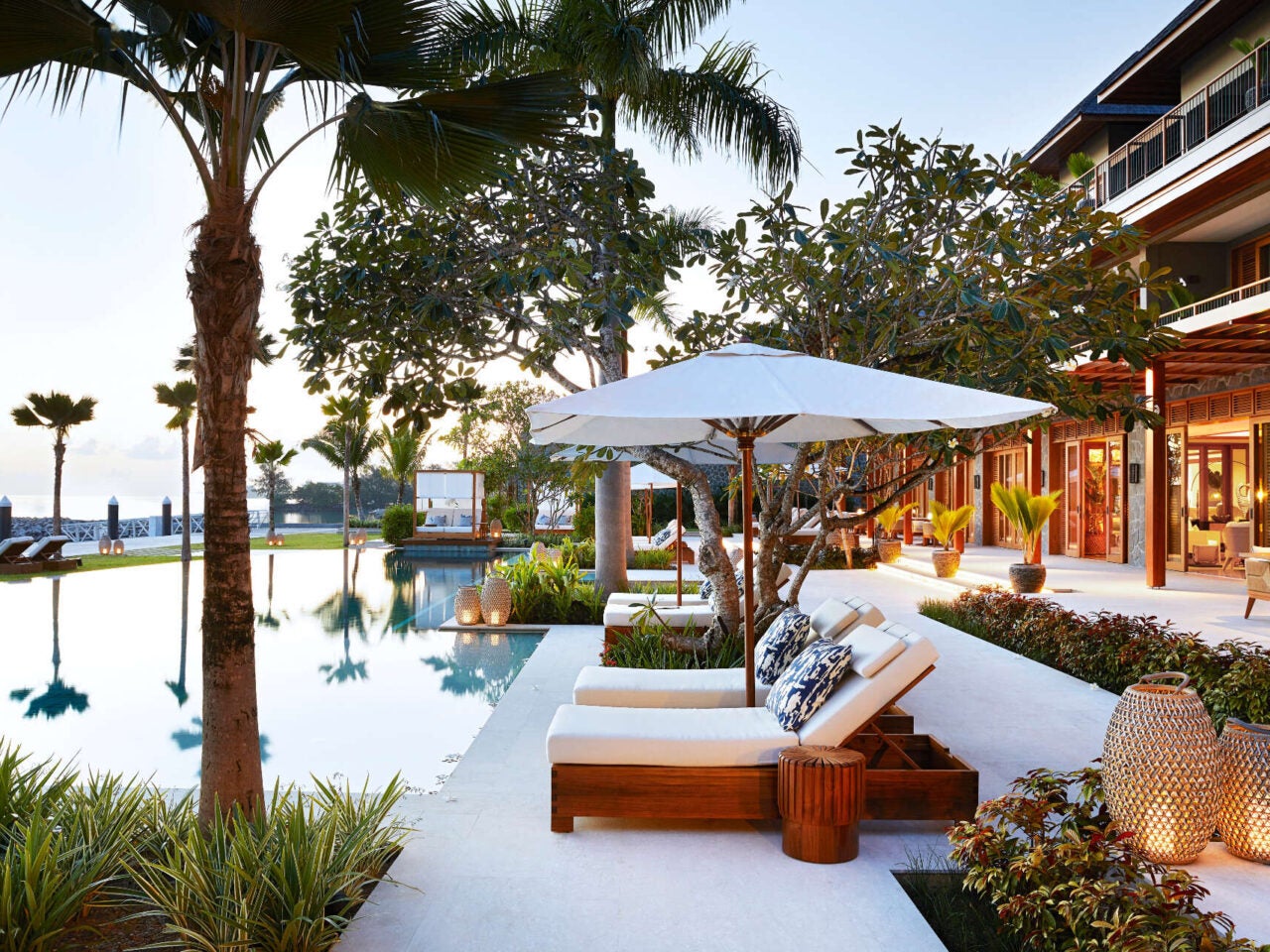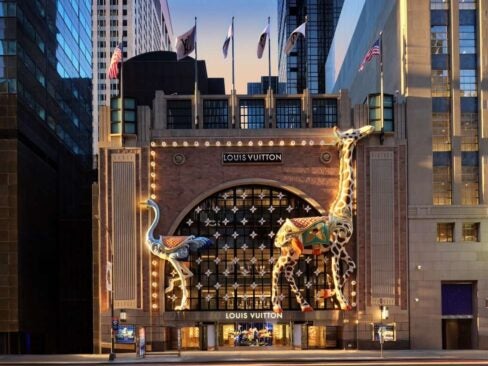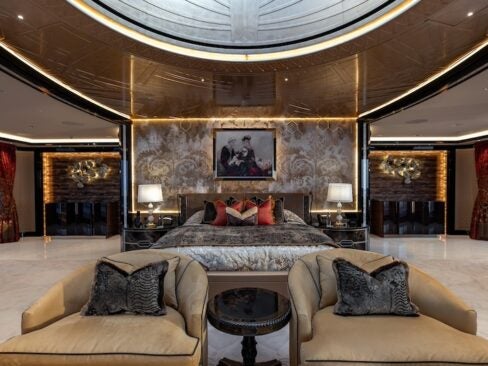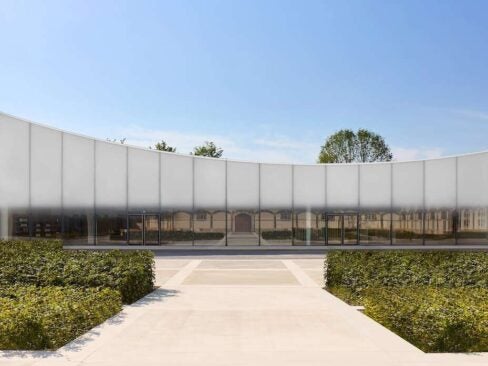Known best for the bespoke design of private jets, superyachts and private residences, Winch Design’s projects can usually be enjoyed only by the private individuals who commission the studio. However, Winch Design’s latest project changes this – the studio has recently revealed that it has finished work on L’Escale Resort Marina & Spa situated on the beautiful island of Mahe in Seychelles.
This is the first hospitality project that Winch Design has worked on, but the resort has been created with the same faultless design and attention to detail that the award-winning studio brings to every project. Now considered one of the best destinations on Mahe, the one-of-a-kind resort has its own private superyacht marina and wellness center; although it has a range of amenities and facilities, it is also intimate enough that it can use used exclusively by a single group of guests.
To find out more about the new boutique resort, we spoke to Simon Tomlinson, the studio’s director of architecture, and discovered how Winch Design rose to the challenge of its first hotel project.
What inspired the design for the hotel?
One of the philosophies underpinning the design of the hotel is the symbiotic relationship between ocean and mountain. We decided to create a clear visual line from the ocean directly through the center of the resort to the spa area, set to the backdrop of the mountain-scape. It’s a visual pathway that links both spirits of the resort.
The interiors have also been inspired by the dual spirits of the ocean and mountains, which we hope creates a feeling of barefoot luxury. Textural references have been lifted from the backdrop of Mahe’s mountains to create a unique, timeless series of interior and exterior spaces; we’ve used seagrass and cork paneling to complement stacked pebble walls in light cream and grey tones. We’ve created an interior that feels organic and alive with the spirit of the island.
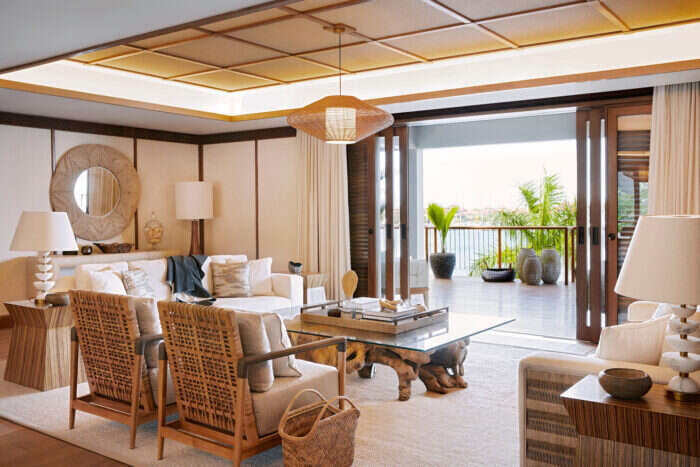
The interiors feel organic and alive with the spirit of Mahe / ©Elsa Young
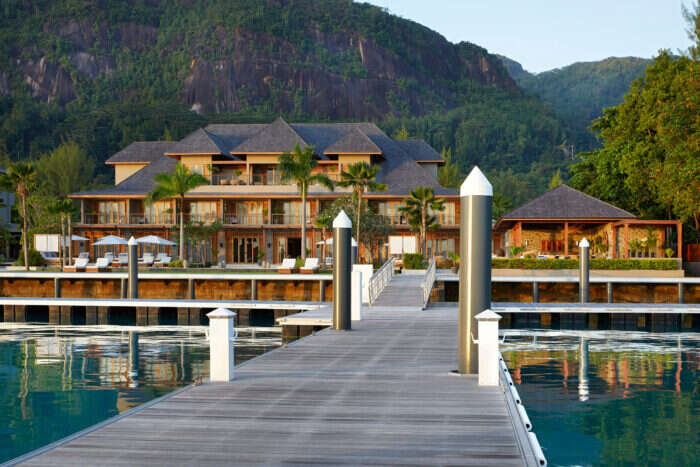
The resort features its own private superyacht marina / ©Elsa Young
[See also: The Best Holiday Rentals for 2021]
What was the biggest challenge for this project?
It was the first major project that we had undertaken in such a remote location and in a new part of the world. Part of our success comes from the network of exceptionally skilled suppliers and artisans that we have hand-selected over the past three decades to work on our projects; for the Seychelles Boutique Hotel project, we needed to seek out, establish and develop new relationships with suppliers.
Time differences, language barriers and a hot and humid climate all provided new challenges for the team, but challenges that we were happy to overcome. Ensuring the best quality was also of paramount importance – not only at delivery but as the hotel evolves. The team had to think about how selected furniture, fixtures and equipment, materials and finishes would manage under the tropical climate.
How did you bring the traditional and contemporary elements of the hotel together?
We worked with traditional inspiration but tried to keep a contemporary mindset. For example, the hotel has a structure that considers the traditional Seychellois style; the roof of the main building features traditional “double-hip” detailing, which is in keeping with local silhouettes. A lot of our design for the resort was guided by the ocean and water, with the spaces flowing into one another in an intuitive, tranquil way.
We made the interior structures using a local tropical hardwood called Nyatoh, meaning that not only is the color and texture of the timber authentically Seychellois but also that the DNA of the resort is laced with the spirit of the island. We also opted for a wooden shingle roof that would lighten and become bleached silver by the tropical sun over time. The idea behind this choice was that it would create an authentic sense of place for the resort, which was the guiding design ethos throughout the build.
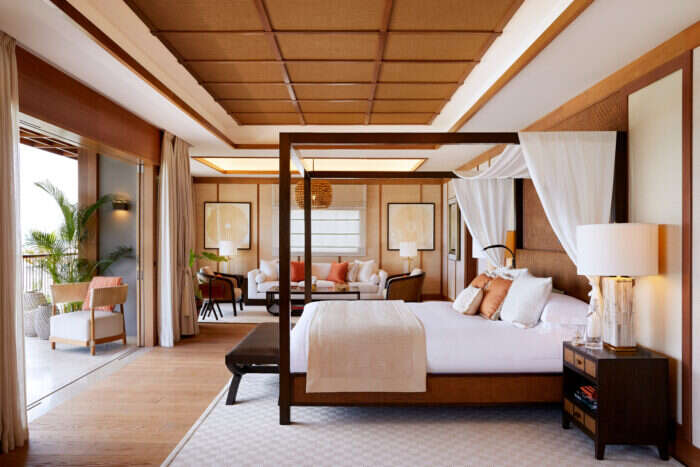
Most of the furniture in the resort has been made bespoke / ©Elsa Young
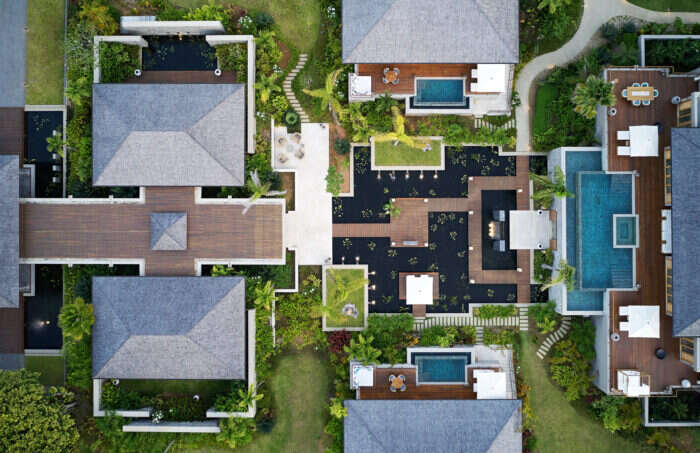
The layout of the boutique resort / ©Elsa Young
How did you minimize waste and limit the damage done to the surrounding environment?
As part of the build, the team had to clear two acres of land, so before any ground was touched, all the trees were surveyed to ensure that any endangered species would have been protected and left in place. We tried to preserve as much of the natural flora and fauna as possible – any mature palms were saved and re-sited into the landscape towards the end of the project.
As well as these steps to limit damage, many plant species indigenous to Mahe were introduced and planted around the resort in an effort to diversify the array of native plants on the site. We also employed local people where possible, purchasing art from local galleries and artists, and using local framers, in order to support the local economy immediately surrounding the resort.
Were efforts made to make sure materials and furnishings came from sustainable sources?
Absolutely. Most of the furniture in the resort is one-of-a-kind – it has been bespoke-designed by our team and then handcrafted in Bali and the Philippines. We went on a research trip to Southeast Asia in order to connect with local suppliers hidden off the beaten track, meeting with craftspeople based deep in the Balinese and Filipino jungles. We collaborated with them to workshop the designs and make them a reality. It was a really exciting process; our team had access to unique finishes that had been crafted in unique ways by the experts.
Most of the furniture is made from sustainable teak wood from Indonesia. Other materials we used included coco shell, mahogany and petrified wood. Rattan was also frequently used throughout the interior for a selection of pieces and finishes. It is a climbing palm that is abundant in the tropics and is also a hugely sustainable option – rattan grows around seven times faster than other trees, making it rapidly renewable.
Some of the pieces and artworks found in the resort were sourced from local markets, such as carved wooden bowls and shell ornaments. We also found a ceramicist based in Ubud, Bali to create a bespoke artwork installation of stacked gray and cream ceramic rings – this features in the entrance hall to the resort. It was important for us to purchase from local suppliers, for a number of reasons – it added to the deeply authentic and meaningful spirit of the hotel and also supported the local economies of these areas.
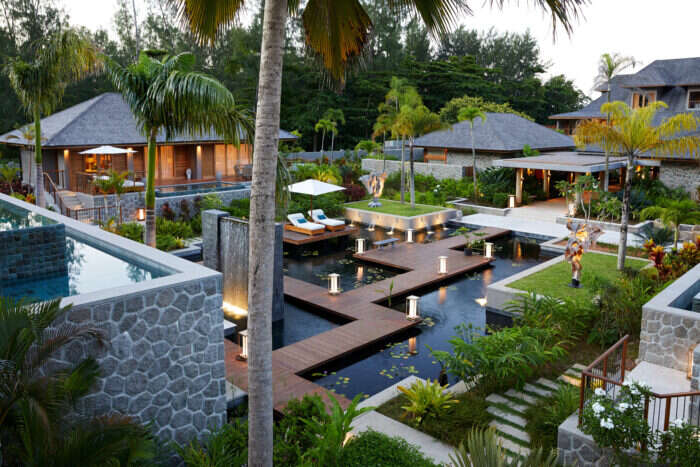
The wellness center is reached by a network of walkways / ©Elsa Young
What are the unusual or special elements of the hotel?
One of the resort’s most important aspects – and a unique selling point – is the private superyacht marina that will give arriving guests complete and exclusive access. The marina offers a different level of exclusivity compared to anything else seen on Mahe and is capable or mooring superyachts of up to 100m in length. It’s the first in the world to do so.
There is also a private presidential villa adjacent to the main hotel, which offers complete seclusion should guests wish to have it. The villa has its own private terrace, pool and Jacuzzi, with views looking out to the sea and an outdoor area surrounded by tall native plants to create a feeling of tropical seclusion. Inside, there is a large master suite, lounge and study area as well as dressing room, en-suite bathroom and butler’s accommodation.
The resort also stands out from other hotels on Mahe thanks to the new wellness center. We designed it with “barefoot luxury” in mind; guests follow a network of walkways over a Japanese-inspired water garden to arrive at the spa and then step over stepping-stones in a tunnel created from untreated coral stone to arrive into the double-height reception area. There are two treatment rooms connected to the main spa as well as a salon, sauna, steam room, Rasul baths and relaxation space.





